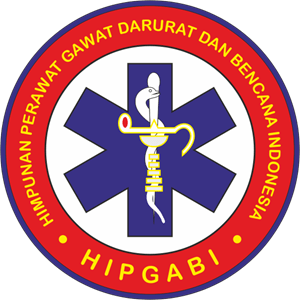The Effectiveness of Progressive Muscle Relaxation and Neuromuscular Taping on Ankle Brachial Index Values and Quality of Life in People With Type 2 Diabetes Mellitus
Downloads
Introduction: Diabetes is a chronic disease characterized by abnormal blood sugar levels due to pancreatic disorders. Quality of life and ankle brachial index values are an area of concern for nurses related to non-pharmacological treatments to prevent complications. Progressive Muscle Relaxation (PMR) can improve relaxation and cellular immunity, as well as Neuromuscular Taping (NMT) is a non-pharmacological intervention to prevent lower extremity peripheral blood circulation decline, so both have a potential positive impact on the patient's quality of life. The aim of this study is to analyze the effectiveness of PMR and NMT on ankle brachial index (ABI) and quality of life in Type 2 Diabetes Mellitus (T2DM).
Methods: The study was a quasy-experiment with a pre post test control group design. Consecutive sampling was implemented and resulted a sample of 32 T2DM patients with certain criteria, such as patients who were treated in the internal medicine ward, age 40-70 years, suffering from T2DM for more than5 years, not suffering from diabetic ulcers, and still can do some exercise. Data were analyzed using the Wilcoxon Signed Ranks Test with correlation test with alpha 0.05.
Results: There was a significant effect of the PMR-NMT combination intervention on ABI (p= 0.034) and quality of life (p= 0.007) in the intervention group. Conversely, the control group showed no difference in ABI (p= 0.142) and quality of life (p= 0.739) before and after the study.
Conclusion: PMR and NMT can improve ABI values and Quality of Life in patients with T2DM. This PMR-NMT combination can be an alternative non-pharmacological therapy in patients T2DM to help improve ankle brachial index and quality of life.
Copyright (c) 2023 Novita Fajriyah, Shinta Trisnawuri

This work is licensed under a Creative Commons Attribution 4.0 International License.
1. The journal allows the author to hold the copyright of the article without restrictions.
2. The journal allows the author(s) to retain publishing rights without restrictions.
3. The legal formal aspect of journal publication accessibility refers to Creative Commons Attribution (CC BY).

















